Balancing Creativity and Reporting in Marketing
For successful marketing campaigns, balancing creativity and reporting has become an essential skill for marketing managers. Striking this balance enables companies to innovate while also demonstrating the effectiveness of their campaigns. Creative marketing efforts can differentiate a brand, captivate audiences, and drive engagement, but without proper reporting, it’s difficult to gauge their impact or strategize for future success.
The Importance of Creativity in Marketing
Creativity in marketing isn’t just about producing eye-catching visuals or clever copy; it’s about solving problems, telling compelling stories, and connecting with audiences on an emotional level. Creative campaigns can make a brand memorable and foster deeper connections with consumers. In a crowded marketplace, creativity acts as the differentiator that can make a campaign stand out.
Investing in creativity leads to innovative campaigns that capture attention and motivate action. For example, creative content on social media can generate organic engagement and word-of-mouth buzz, while unique advertising campaigns can increase brand visibility and recall. Ultimately, creativity helps build brand equity and drive long-term success.
The Role of Reporting in Marketing
Equally important is the role of reporting in marketing. Without robust reporting mechanisms, creative efforts may fall short in demonstrating their value and securing future investment. Marketing managers need to leverage data to show how creative initiatives meet business objectives, convert leads, and contribute to revenue growth.
Reporting provides the foundation for making informed decisions and optimizing strategies. It allows marketing teams to track key performance indicators (KPIs) such as engagement rates, conversion rates, and brand awareness. By analyzing this data, marketers can understand which creative elements resonate with audiences and which may need to be revised or discarded.
Setting Clear Goals and Metrics
To balance creativity with reporting effectively, it’s crucial to set clear goals and metrics from the outset. Defining what success looks like for a creative campaign aligns the team’s efforts and ensures that everyone is working towards a common objective. Goals could include increasing website traffic, generating leads, boosting social media engagement, or enhancing brand perception.
Once goals are established, identify the metrics that will measure success. KPIs such as click-through rates, social shares, lead generation, and customer feedback provide quantifiable data to evaluate the campaign’s performance. Aligning creative projects with specific, measurable outcomes helps marketing managers justify the investment in creativity.
Tracking Success of Creative Projects
The success of creative projects requires a robust tracking system. Key performance indicators (KPIs) like engagement rates, conversion rates, and brand awareness can quantify success. Balancing quantitative metrics with qualitative feedback offers a holistic view of a campaign’s impact. Utilize tools such as Google Analytics, social media insights, and customer surveys to collect and analyze data.
Regularly monitoring these metrics enables marketing managers to note trends, measure against benchmarks, and make data-driven adjustments. For instance, if a creative campaign isn’t meeting its engagement targets, the team can analyze the data to understand why and quickly pivot their strategy. Adaptive approaches help ensure campaigns remain effective and relevant.

Communicating the Value of Creativity to Stakeholders
Presenting creative ideas and results to stakeholders requires strategic communication. Illustrate the ROI of creative campaigns by showcasing success stories and case studies. Demonstrating how creativity drives business outcomes can garner stakeholder support and investment in future projects. Use visuals, reports, and testimonials to paint a comprehensive picture of the campaign’s impact.
Explain how creative initiatives align with business goals and contribute to overall performance. Highlighting specific achievements, such as a significant increase in website traffic or a high conversion rate, can make a compelling case. When stakeholders see the tangible benefits of creativity, they are more likely to advocate for and fund innovative marketing efforts.
Implementing a Continuous Improvement Process
Regularly reviewing and refining your creative processes ensures continuous improvement. Gather feedback from your team and use data-driven insights to make adjustments. Encouraging a culture of continuous improvement fosters innovation and enhances overall performance. Hold periodic reviews to discuss what worked well and identify areas for improvement.
Open communication and collaboration across departments can lead to fresh ideas and more effective creative strategies. Foster an environment where team members are encouraged to experiment, share insights, and learn from both successes and failures. Continuous improvement processes not only enhance the quality of creative outputs but also strengthen the team’s ability to meet business objectives.
Conclusion
Balancing creativity and reporting is essential for marketing managers. By fostering creativity, setting clear goals, tracking success, and communicating value, you can achieve a harmonious balance. Share your own experiences or get in touch for further discussion on balancing creativity and reporting.
Balancing creativity and reporting is a dynamic process that requires constant attention and adjustment. By following these guidelines, marketing managers can foster a creative yet data-driven environment that drives success.
Want to make your marketing decisions data-driven?
Talk to the marketing experts at Cyan today. Contact Us.

Discover what Cyan can do for you
We want to get to know you better so we can understand what services are going to help you meet your goals.